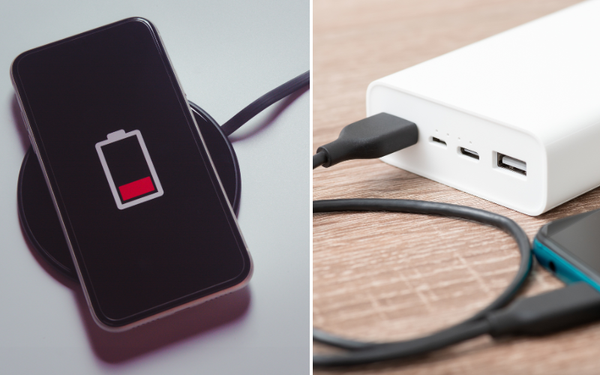When it comes to viewing your favorite media, the choice between a television and a monitor can be difficult. Both have their pros and cons when it comes to price and size, but why is a television so much cheaper than a monitor?
Let's take a look at the differences between TVs and monitors to understand why this is the case.
Size & Resolution
When it comes to size, TVs have the upper hand over monitors. Most modern TVs range from 32" all the way up to 75", while monitors tend to top out at around 27" or 28".
This means that if you're looking for something with more screen real estate, you'll need to go with a TV. Additionally, many TVs come with 4K (Ultra HD) resolution now, which can give you an immersive viewing experience.
Monitors may also offer 4K resolution, but they cost significantly more than their 1080p counterparts.
Features
TVs often come bundled with features like HDR support and built-in speakers that make them ideal for watching movies or playing video games. Monitors typically don't offer these features as standard, so if you want these features on your monitor then you'll need to pay extra for them.
Additionally, some TVs come with Smart TV functionality that allows you access streaming services like Netflix or Hulu directly on your TV without needing an external device like a Chromecast or Firestick.
This makes it easier than ever before to watch your favorite shows in high-definition without having to buy additional hardware.
Cost
The main reason why TVs are usually cheaper than monitors is because they are mass-produced in larger quantities. This means that manufacturers can produce them more efficiently and pass those savings along to consumers in the form of lower prices.
Additionally, since most people tend to use their TV for things like watching movies or playing video games rather than as a productivity tool (like most monitors are used for), manufacturers don't need to put as much effort into developing their products or making sure they meet certain standards of quality control; this also helps keep costs down which can result in lower prices for consumers.
Conclusion
TVs and monitors both have their advantages and disadvantages when it comes to price and size; however, one thing is clear—TVs are generally cheaper than monitors due largely in part because they are mass-produced in larger quantities which allows manufacturers to pass along those savings in the form of lower prices for consumers.
Additionally, TVs often come bundled with features like HDR support or built-in speakers that can provide an immersive viewing experience without having to spend extra money on additional hardware such as sound bars or gaming consoles. So if you're looking for an affordable way to watch your favorite media then a TV might be just what you need!









